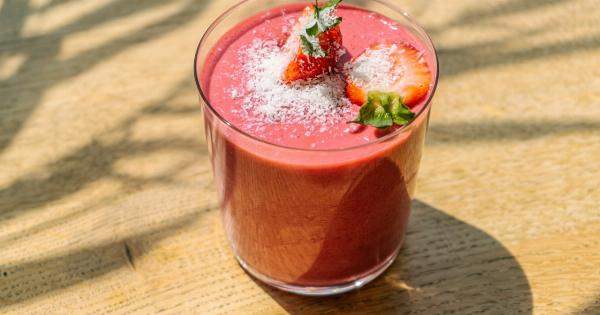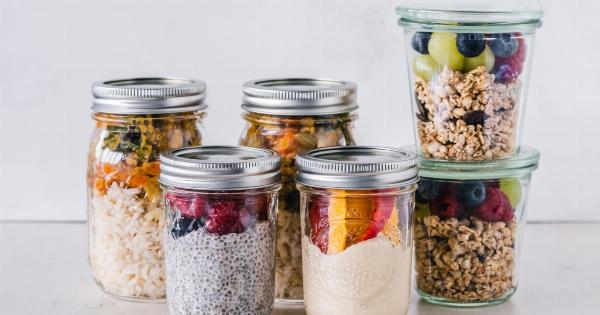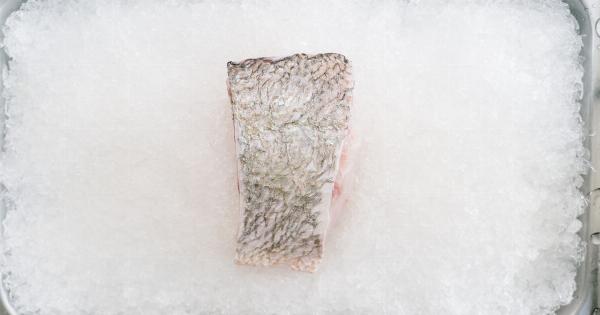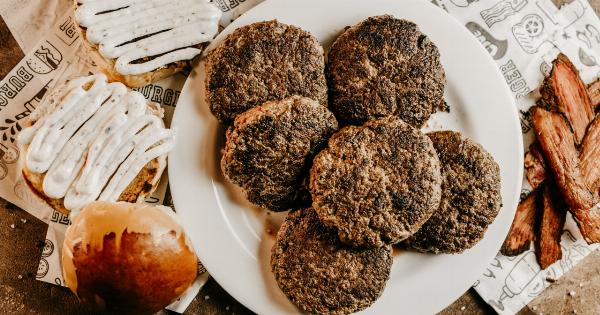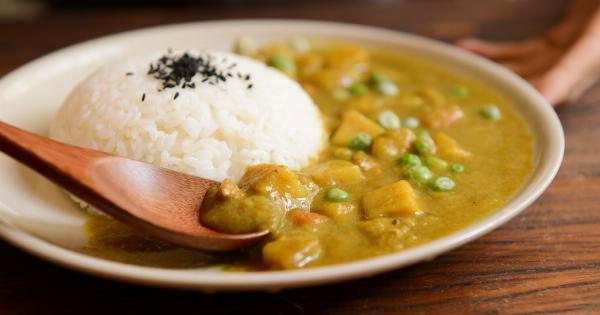It is a common knowledge that temperature has a tremendous effect on the physical and chemical properties of substances. This effect is also noticeable in the density of food when subjected to different temperatures.
Whether it is a hot meal or something preserved in a cold environment, many questions have been asked regarding how temperature affects the density of food. In this article, we will be discussing the relationship between temperature and food density to give readers a better understanding of how temperature affects food.
The Basics of Density
Density is simply the amount of matter that is packed within a unit volume. In other words, it is a measure of how much mass is present in a certain volume.
Density varies from substance to substance, and it is usually measured in kilograms per cubic meter (kg/m3) or grams per cubic centimeter (g/cm3).
How Temperature Affects Density
The density of most substances is affected by temperature. This is due to an increase or decrease in the intermolecular force between molecules of the substances.
When the temperature is increased, the kinetic energy of the molecules also increases, causing them to vibrate more and move further apart from one another. This results in an increase in the volume of the substance while its mass remains the same, thus lowering the density.
On the other hand, when the temperature decreases, the molecules lose kinetic energy and vibrate less, resulting in them moving closer together.
This causes the volume of the substance to reduce while its mass remains the same, leading to an increase in the density.
How Temperature Affects the Density of Food
Like other substances, the density of food also varies with changing temperatures. The temperature of food can affect its density in different ways, depending on the type of food. Here are a few examples:.
1. Liquids
Liquids often have a density that varies with temperature. This is because their molecules are not strongly held together, and they can move around more freely.
When the temperature of a liquid is increased, its molecules gain more kinetic energy and vibrate more, leading to an increase in the volume of the liquid. This results in a decrease in the liquid’s density. Conversely, when the temperature of the liquid is decreased, its molecules lose kinetic energy, resulting in them moving closer together.
This causes the volume of the liquid to reduce, increasing the density of the liquid.
2. Solids
For solid foods, an increase in temperature can lead to them expanding due to thermal expansion, which will affect the density of the food.
Thermal expansion is the effect that occurs when the temperature of a solid is increased, causing its particles to vibrate and move apart. In the process, the solid expands, and its density decreases. When the temperature of solid food is lowered below its freezing point, it can freeze, leading to expansion due to ice crystal formation. This will also affect the density of the food.
3. Gaseous Food
In contrast to other types of foods, gases are highly influenced by temperature changes. For gases, an increase in temperature will lead to more kinetic energy, which will cause them to move around more quickly and take up more space.
This will result in a decrease in the density of the gas. Conversely, when the temperature of the gas is decreased, its molecules will lose kinetic energy and move close together. This will cause the volume of the gas to reduce, which will lead to an increase in density.
4. Packaged Foods
Temperature can also affect the density of packaged foods. When food is packaged and subjected to high temperatures, the volume of air within the package will increase, leading to a decrease in the density of the food.
This is because the air within the package is heated, leading to an increase in volume. This will reduce the density of the food. On the other hand, when packaged food is stored at low temperatures, the air within the package contracts, resulting in an increase in the density of the food.
Conclusion
The effect of temperature on the density of food cannot be overemphasized. As discussed in this article, changes in temperature can lead to variations in the density of different types of foods.
While some food types may expand or contract due to thermal expansion, others may experience a change in the volume of air within their packaging. Thus, temperature plays a vital role in the density of food, and it is crucial to take this fact into account when handling and storing various types of food.

